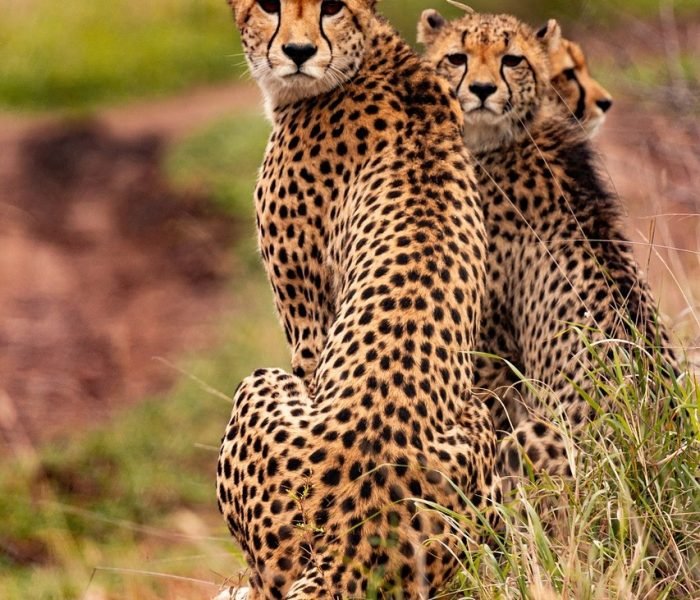Serengeti National Park – The Crown Jewel of African Safaris
Overview
The Serengeti is Tanzania’s most iconic national park and a global symbol of untamed African wilderness. Spanning over 14,750 square kilometers, its endless golden plains are home to the world’s most remarkable wildlife spectacle — the Great Wildebeest Migration. Over a million wildebeests, accompanied by zebras and gazelles, journey across the Serengeti in search of greener pastures, offering an unforgettable scene of raw nature in motion.
But the Serengeti is much more than the migration. Visitors can expect year-round sightings of the Big Five — lion, elephant, buffalo, leopard, and rhino — along with cheetahs, giraffes, hyenas, jackals, and over 500 species of birds. Its vast ecosystem forms a natural corridor with Kenya’s Maasai Mara and nearby reserves like Grumeti and Ikorongo, creating an unparalleled wildlife habitat.



The Serengeti is a year-round safari destination, with each season offering its own magic:
- December to March: The southern plains near Ndutu host calving season — a predator’s paradise and a photographer’s dream.
- April to May: Rainy season with fewer crowds; landscapes are lush and lodges often offer lower rates.
- June to July: Wildebeest herds head west to cross the Grumeti River — thrilling moments for safari-goers.
- August to October: The northern Serengeti becomes center stage for dramatic Mara River crossings into Kenya.
- November: Herds begin returning south, completing the migration cycle.
No matter when you visit, the Serengeti delivers an authentic and soul-stirring African safari experience.
